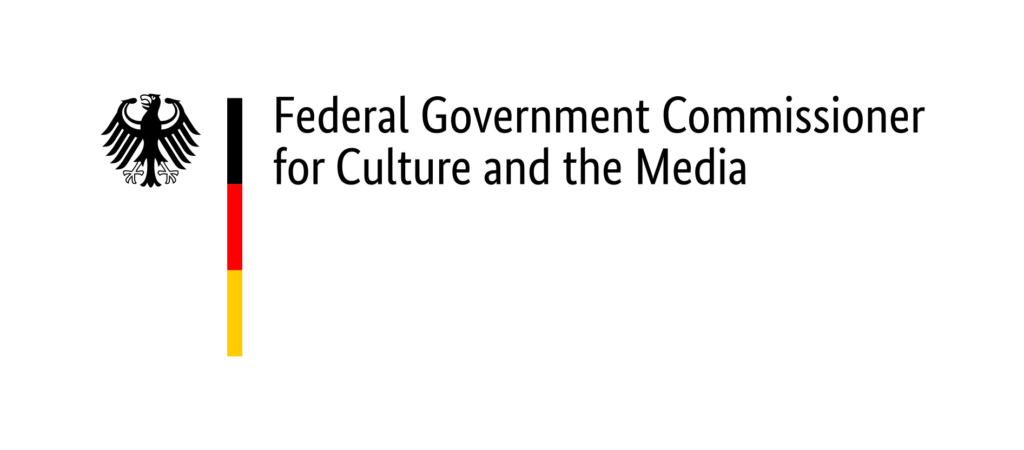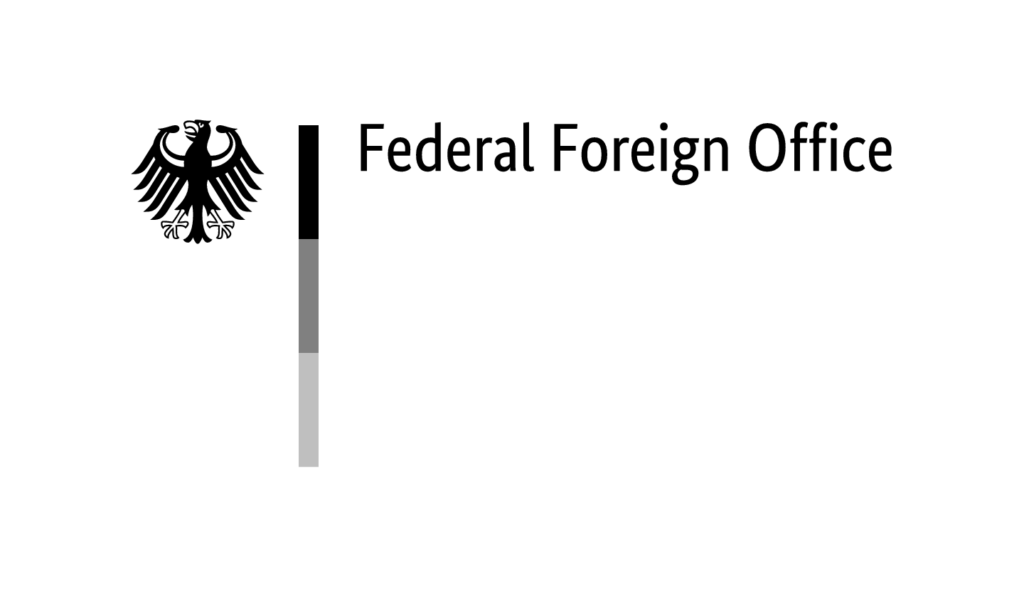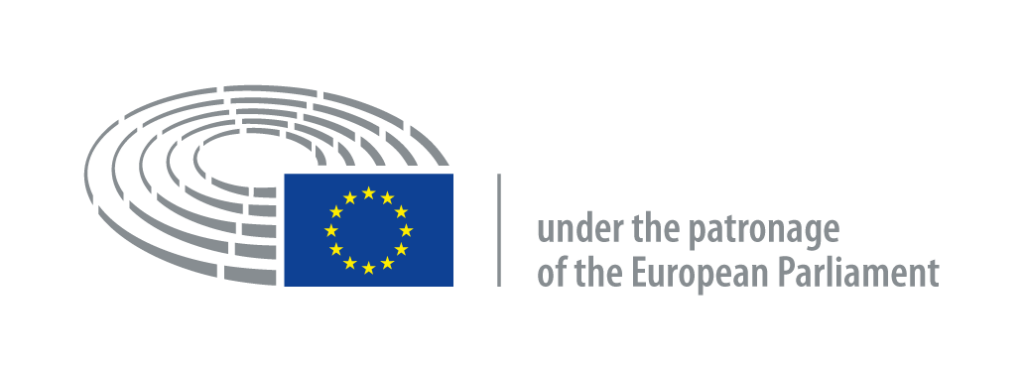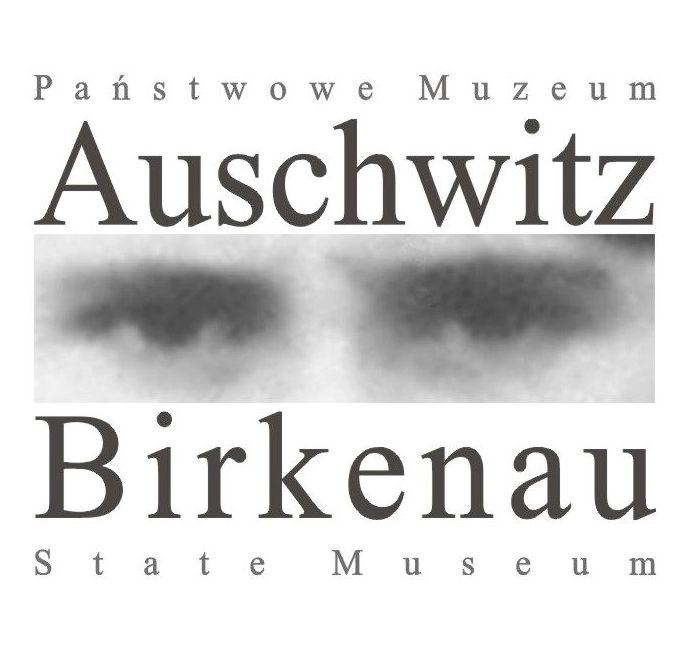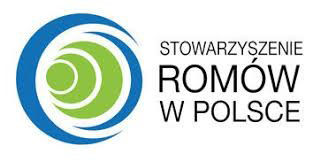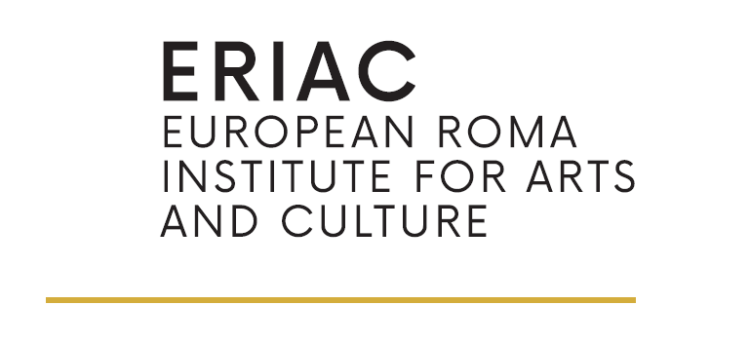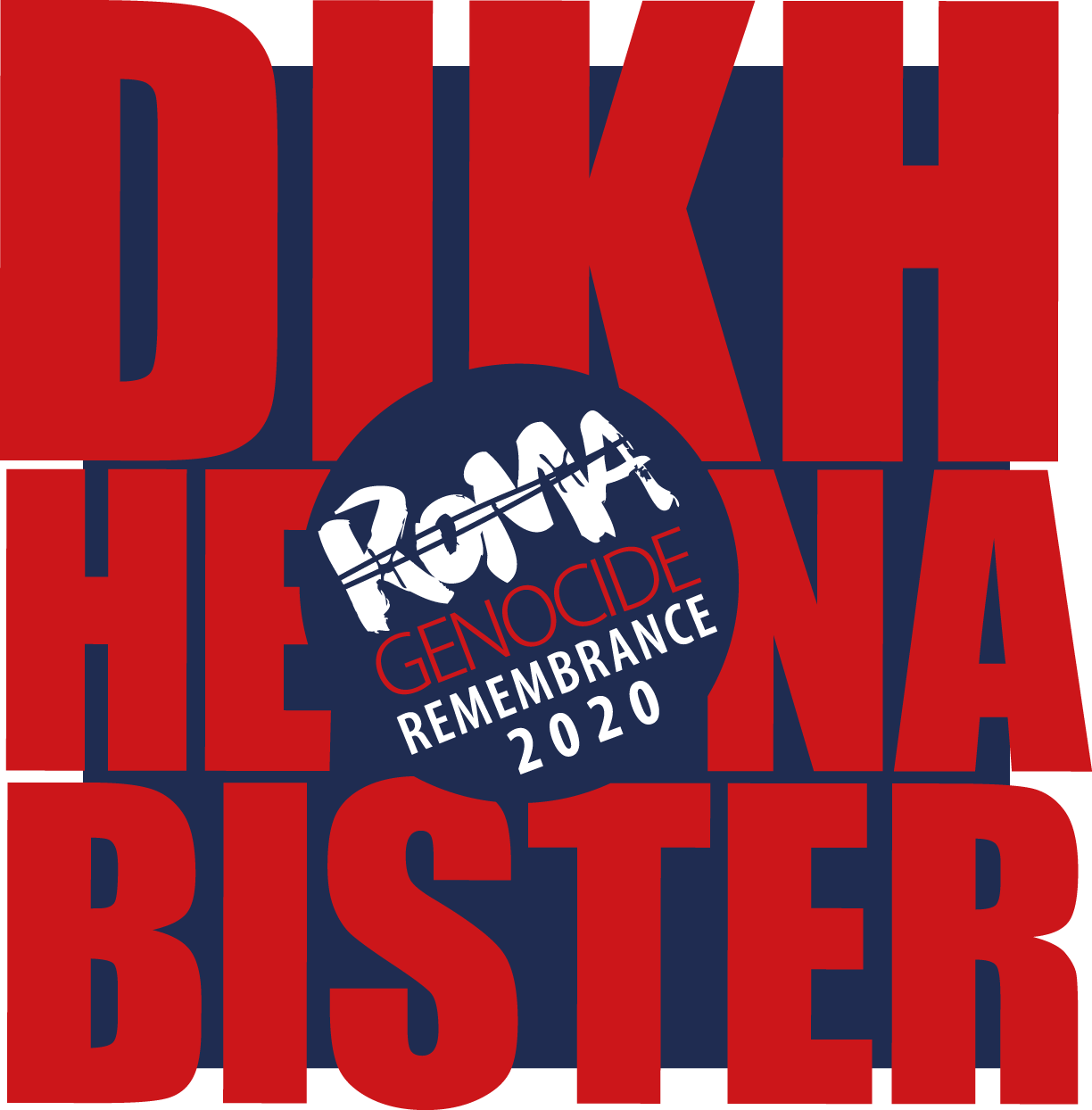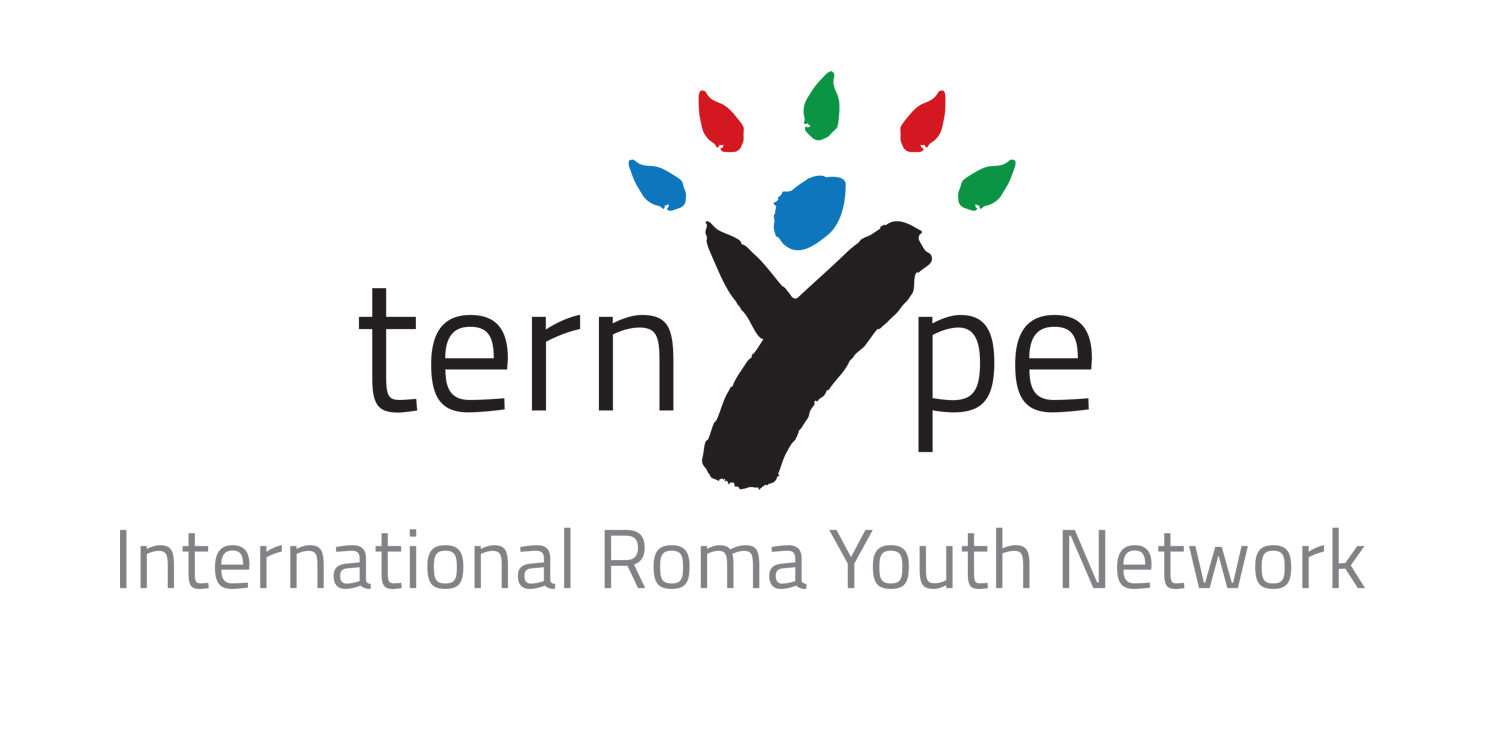The ceremonial opening of the permanent exhibition at the Memorial to the Holocaust of the Roma and Sinti in Moravia, 15 July 2021. // photo: Museum of Romani Culture, Czech Republic
1 August 2021
Czech Republic finally sees opening of permanent exhibition at the Memorial to the Holocaust of the Roma and Sinti in Moravia
Documentation, period photography and the recollections of eyewitnesses about a WWII-era concentration camp for Romani people are presented in the exhibition at the Memorial to the Holocaust of the Roma and Sinti in Hodonín u Kunštátu in the Blansko district, which opened to the public on 15 July; Bohdana Kuzmová of the Museum of Romani Culture, which is in charge of the memorial, announced the opening through a press release. At that location, during the war, what was called a Zigeunerlager was in operation there.
In 1943, hundreds of Romani prisoners were transported from Hodonín u Kunštátu to Auschwitz, the extermination camp run by the Nazis. The exhibition, entitled “Hodonín u Kunštátu Camp. Intersection of Tragedies 1940-1950. Central Europe” is installed in the memorial’s two main spaces and recalls the history of the location and the stories of the people involved.
The larger part of the exhibition is installed in the information center at the memorial, which is a new building. That part of the exhibition covers the birth of Czechoslovakia in 1918, including the position of Romani and Sinti people in that state, as well as the measures targeting Romani people in the Protectorate of Bohemia and Moravia (1939-1945).
The crucial part of the exhibition focuses on the Zigeunerlager (1942-1943) at Hodonín u Kunštátu which, according to Kuzmová, was a place of suffering and death from which hundreds of Romani children, men and women were then transported to Auschwitz, as also happened around the parallel Zigeunerlager at Lety u Písku in Bohemia. The exhibition includes a room with audiovisual recordings of selected eyewitnesses recounting their memories of the camp that also provides information about the prisoners’ transport to Auschwitz and their fate in that concentration camp.
“The exhibition’s final section at the information center familiarizes visitors with the postwar fate of the facility, which became, among other things, a location for the imprisonment of German-speaking individuals designated for evacuation from Czechoslovakia, then a forced labor camp for those opposed to the communist regime, and finally, for decades, a recreation facility,” Kuzmová said. The second part of the exhibition is housed in the reconstructed building of the former barracks for prisoners, featuring replicas of the prisoners’ bunks with places to listen to eyewitness recollections about the camp.
The texts for the exhibition are available in both Czech and English. It took many long years of effort to produce.
The exhibition was designed by the National J. A. Comenius Library and Museum of Pedagogy in Prague, which previously administered the memorial. “The Museum of Romani Culture (MRK) acquired the exhibition after taking over the facility in 2018, prior to the completion of the exhibition,” Kuzmová said.
“During the following years, according to the original administrator’s plan, and after a necessary but protracted procedure to clarify authorial rights to the material, the exhibition was finalized successfully and is now ready for viewing,” Kuzmová said. During the Second World War, the camp had the capacity to imprison 300 people, but about 1 200 people were crowded into it under bad conditions for maintaining hygiene.
For that reason, an epidemic of typhus broke out there. In the early morning hours of 22 August 1943, 749 Romani people were transported from Hodonín u Kunštátu to the Nazi extermination camp of Auschwitz.
press release of the Museum of Romani Culture, translated by Gwendolyn Albert
Commemorative Events
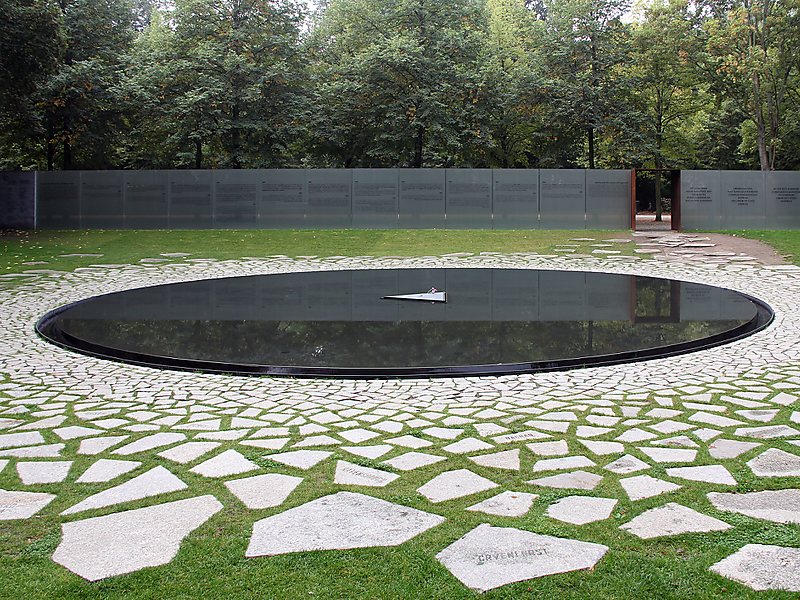
Commemoration in Berlin
Memorial to the Sinti and Roma of Europe murdered under National Socialism, Berlin (DE), 2 August 2020, 21:00 CET
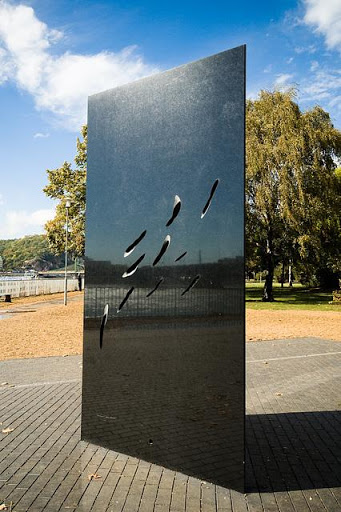
24 hours commemoration in Budapest
Nehru Part, Budapest (HU), 1 August 2020 17:00 CET – 2 August 2020 17:00 CET
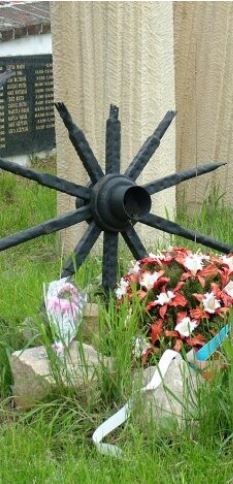
Commemoration at Lety u Písku, Czech Republic
LIVE BROADCAST on Sunday, 2 August 2020, at noon CET
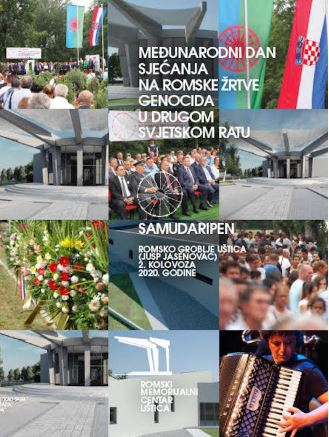
Concerts on the occasion of the opening of the Roma Memorial Center “Uštica”
LIVE BROADCAST on Sunday, 2 August 2020, 10:00 and 21:00 CET
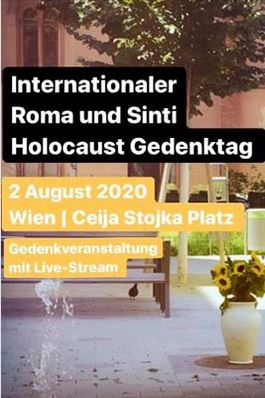
Commemoration in Vienna
Ceija Stojka Platz, Vienna (AT), 2 August 2020, 16:00 – 18:30 CET with LIVE BROADCAST


